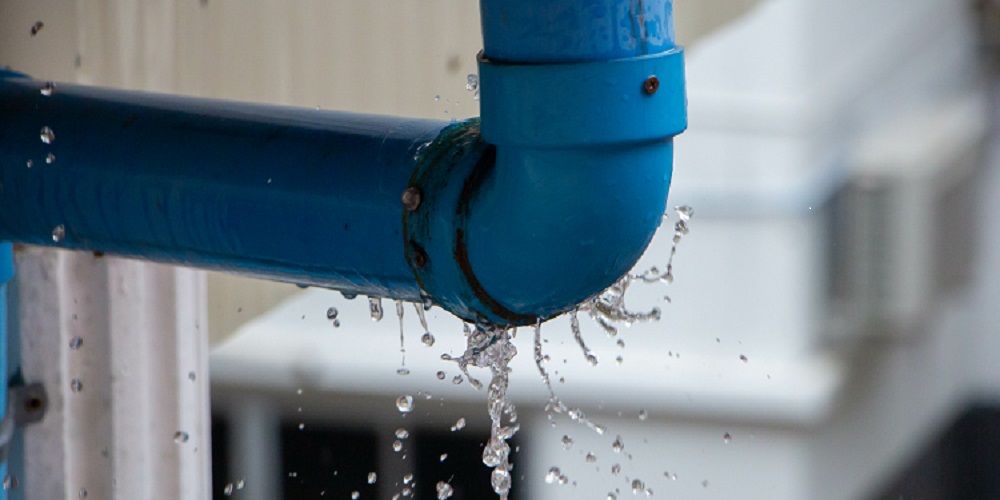Exactly how to Inspect If Your House Has a Concealed Leak
Click HereWere you interested in know-how on Finding hidden leaks?

The minute you locate a leak, calling your plumber for fixings is the best option. Some small water leakages might not be visible. If you can not identify it with your naked eyes, here are some hacks that assist.
Early discovery of dripping water lines can mitigate a potential disaster. Apart from conserving you cash, it will certainly decrease the worry and also frustration.
Examine Water Intake
Analyze your water expenses and track your water consumption. As the one paying it, you must observe if there are any type of discrepancies. If you detect sudden changes, regardless of your consumption coinciding, it indicates that you have leaks in your plumbing system. Bear in mind, your water costs should drop under the same variety monthly. An abrupt spike in your expense shows a fast-moving leakage.
A stable rise every month, also with the same routines, shows you have a slow-moving leak that's likewise slowly rising. Call a plumber to thoroughly examine your building, especially if you feel a warm area on your floor with piping beneath.
Analyze the scenario and examine
Homeowners ought to make it a practice to examine under the sink counters and also also inside cabinets for any bad odor or mold and mildew growth. These two warnings suggest a leak so timely focus is called for. Doing regular inspections, also bi-annually, can conserve you from a significant trouble.
Take A Look At the Water Meter
Every house has a water meter. Examining it is a guaranteed way that aids you find leaks. For starters, switch off all the water sources. Make certain no one will purge, use the tap, shower, run the cleaning device or dishwasher. From there, most likely to the meter and watch if it will transform. Since nobody is utilizing it, there need to be no movements. That shows a fast-moving leakage if it relocates. Likewise, if you spot no changes, wait an hour or two and examine back once more. This indicates you may have a slow leakage that might even be below ground.
Asses Exterior Lines
Do not neglect to examine your outside water lines too. Needs to water permeate out of the link, you have a loosened rubber gasket. One small leak can waste tons of water as well as spike your water costs.
Do a Food Coloring Test
When it comes to water intake, 30% comes from bathrooms. If the color in some way infiltrates your bowl throughout that time without flushing, there's a leakage in between the tank and dish.
A lot more significantly, if you understand your home is already old, maintain a watchful eye on your heaters, pipes, pipelines etc. Look for stainings and also compromising as many devices and pipes have a life expectancy. They will also naturally deteriorate due to wear and tear. Don't wait for it to escalate if you believe dripping water lines in your plumbing system. Call an expert plumber as soon as possible so you don't end up with a dreadful mess in your house.
The moment you discover a leakage, calling your plumber for repair services is the best option. Some tiny water leakages may not be noticeable. Examining it is a proven way that helps you discover leaks. One small leak can lose heaps of water and also increase your water costs.
If you believe dripping water lines in your plumbing system, do not wait for it to rise.
WARNING SIGNS OF WATER LEAKAGE BEHIND THE WALL
PERSISTENT MUSTY ODORS
As water slowly drips from a leaky pipe inside the wall, flooring and sheetrock stay damp and develop an odor similar to wet cardboard. It generates a musty smell that can help you find hidden leaks.
MOLD IN UNUSUAL AREAS
Mold usually grows in wet areas like kitchens, baths and laundry rooms. If you spot the stuff on walls or baseboards in other rooms of the house, it’s a good indicator of undetected water leaks.
STAINS THAT GROW
When mold thrives around a leaky pipe, it sometimes takes hold on the inside surface of the affected wall. A growing stain on otherwise clean sheetrock is often your sign of a hidden plumbing problem.
PEELING OR BUBBLING WALLPAPER / PAINT
This clue is easy to miss in rooms that don’t get much use. When you see wallpaper separating along seams or paint bubbling or flaking off the wall, blame sheetrock that stays wet because of an undetected leak.
BUCKLED CEILINGS AND STAINED FLOORS
If ceilings or floors in bathrooms, kitchens or laundry areas develop structural problems, don’t rule out constant damp inside the walls. Wet sheetrock can affect adjacent framing, flooring and ceilings.
https://www.servicemasterbyzaba.com/blog/how-to-detect-water-leakage-in-walls/

I was made aware of that editorial on Leaking water lines from a good friend on our other website. Sharing is caring. You never know, you may just be helping someone out. We recognize the value of reading our article about Leaking water lines.